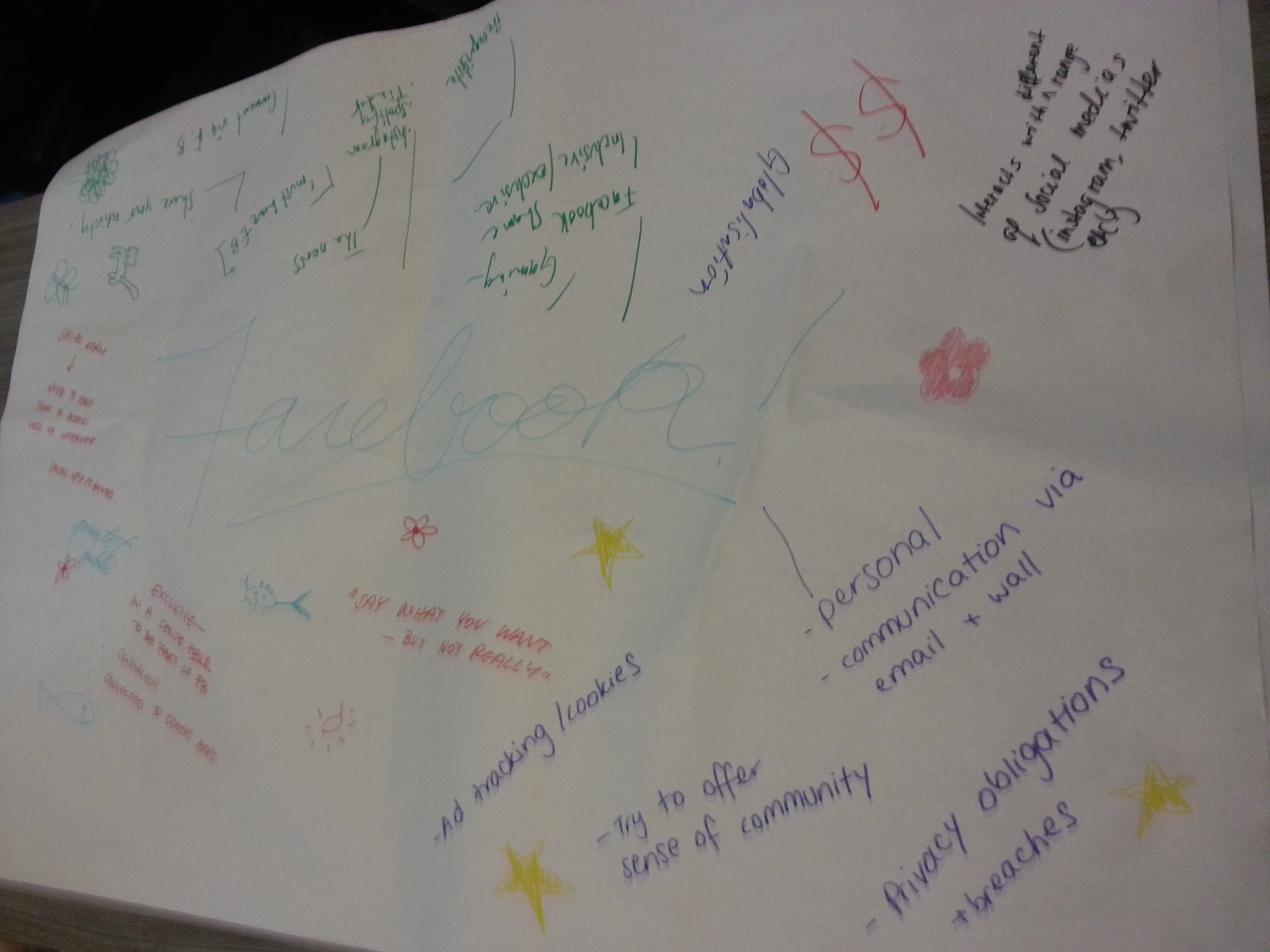During this week I watched Studio Ghibli’s new film: “When Marnie Was There.” Overall I enjoyed the visuals and the sentimental story, but felt as if something was missing. Reflecting on Roberts McKee’s ‘The substance of story” I was able to conclude that I personally did not find the protagonist Anna empathic. She did not strike a chord within me as I found a lot of her problems petty and childish. As an audience I found Anna to act hypocritically, treating others without maturity and then expecting it in return. I also struggled to find her friend with Marnie believable as she earlier in the film showed no interest in making friends or interacting with others. Overall when I was feeling sad by the end of the movie, it was not sparked by anything the main protagonist did.
Furthermore the supernatural elements in “When Marnie Was There” acted as a source of confusion, rather than highlighting the protagonists skills and ability to cope in a new and frightening situation. These encounters with Marnie often left Anna in the middle of no where passed out and vulnerable.
Allow I enjoyed the movie, but it missed the mark when it came to forming a connection between the audience and the characters.
McKee, Robert. (1997). ‘The substance of story.’ In Story: Style, Structure, Substance, and the Principles of Screenwriting. New York, USA: HarperCollins, pp. 135-154.

